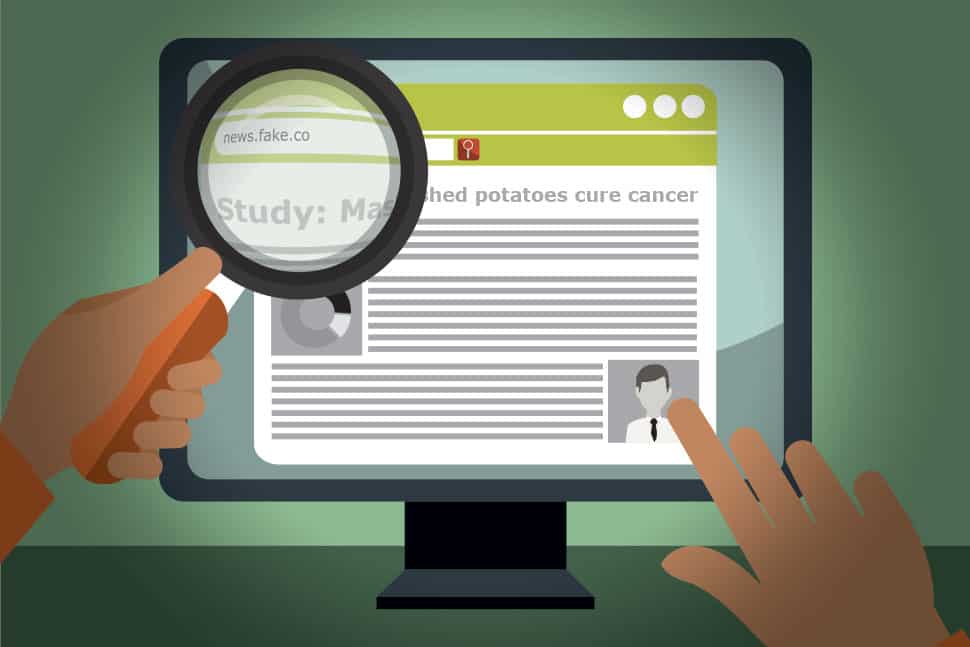
Type in the domain name / URL you wish to have knowledge about (without the "http://" or "www"). Then, click inquire. The resulting data will include such things as hosting information, traffic details, etc.
The domain name is an indicator of the sponsoring organization of a particular website
.gov Government: The purpose is generally to inform, to post public documents, and to present research findings or statistics.
.edu Education: The purpose is typically to teach, inform, or present research.
.org Organization: The purpose may be to inform or present research, but it is frequently to sway opinion or recruit support.
.com Commercial: The purpose is usually to sell or promote a company, product or service
.net Network: The purpose is normally to provide services to organizations, both private and commercial, as well as to individuals.
Look for the "site or domain" box in Google's Advanced Search options and enter the domain you'd like to search, as shown below.
You can also do this by adding site:.edu (or .org, .gov, etc) to the end of your search terms in any Google search box. For example, to find articles about “ethical leadership” published on government websites, enter the terms "ethical leadership" site:.gov, as shown below.
The infographic below, created by IFLA, was based on FactCheck.org's 2016 article How to Spot Fake News. An excerpt from the article:
"Fake news is nothing new. But bogus stories can reach more people more quickly via social media than what good old-fashioned viral emails could accomplish in years past. Concern about the phenomenon led Facebook and Google to announce that they’ll crack down on fake news sites, restricting their ability to garner ad revenue. Perhaps that could dissipate the amount of malarkey online, though news consumers themselves are the best defense against the spread of misinformation."
CONSIDER THE SOURCE: Click away from the story to investigate the site, its mission and its contact info.
READ BEYOND THE HEADLINE: Headlines can be outrageous in an effort to get clicks. What’s the whole story?
CHECK THE AUTHOR: Do a quick search on the author. Are they credible? Are they real?
SUPPORTING SOURCES?: Click on those links. Determine if the info given actually supports the story.
CHECK THE DATE: Reposting old news stories doesn’t mean they’re relevant to current events.
IS IT A JOKE?: If it is too outlandish, it might be satire. Research the site and author to be sure.
CHECK YOUR BIASES: Consider if your own beliefs could affect your judgment.
ASK THE EXPERTS: Ask a librarian, or consult a fact-checking site.
What is Fake News? 
PolitiFact describes it as "made-up stuff, masterfully manipulated to look like credible journalistic reports that are easily spread online to large audiences willing to believe the fictions and spread the word."
A more comprehensive list of fake news can be found at the Daily Dot and Snopes.
Often creators of fake news and fake news sites mix together facts from verified news outlets with false information to confuse and mislead the reader. When confronted by both the fake news and verified news, people tend to discount both the misinformation and the facts. That's the power of fake news.
According to a 2016 study from Pew Research, 62% of people get their news from social media and Columbia Journalism Review reports that 30% of fake news can be linked back to Facebook while only 8% of verified news is linked from Facebook. So while there are fewer fake news sources than verified news sources, with social media their reach is much more pronounced.
Think and evaluate before you share. For tips on evaluating sources, review this handout on Evaluating Web Pages and view the Infographic below on How to Spot Fake News.
Adapted from: "Keepin' It Real: Tips & Strategies for Evaluating Fake News". William H. Hannan Library. LMU
Image Credit: Rebecca Lomax/American Libraries

TED TALK video: How to separate fact and fiction online
By the end of this talk, there will be 864 more hours of video on YouTube and 2.5 million more photos on Facebook and Instagram. So how do we sort through the deluge? At the TEDSalon in London, Markham Nolan shares the investigative techniques he and his team use to verify information in real-time, to let you know if that Statue of Liberty image has been doctored or if that video leaked from Syria is legitimate.